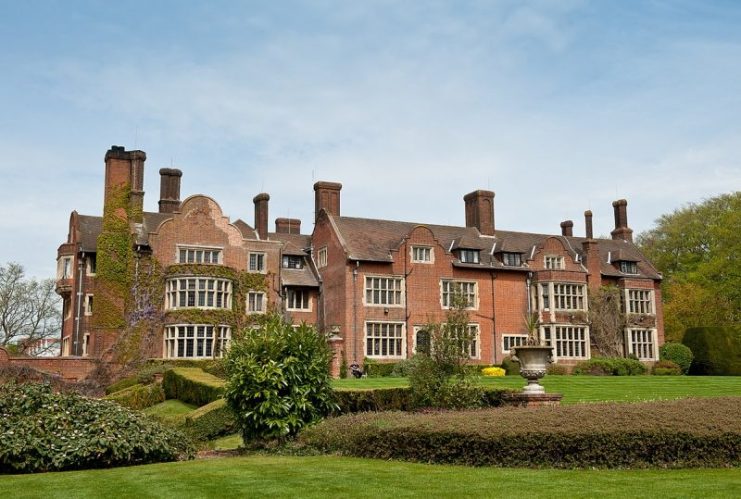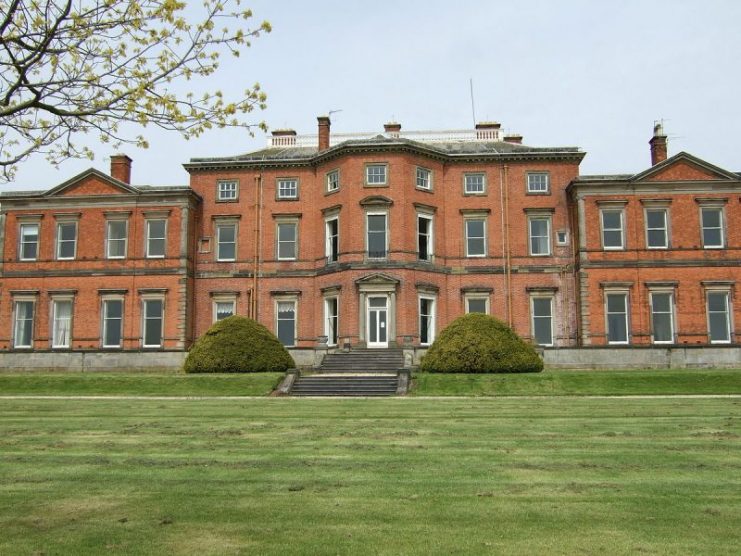Every day he spent as a British POW in World War II, George Scott was beaten by a Japanese guard. The reason he was singled out for punishment? George was six foot, two inches tall.
According to George’s son, Greg, when the camp was liberated in 1945, the Japanese guard handed his rifle to George, bowed to him and asked George to shoot him. George just walked away saying simply, “The war is over.”
Even after three years of being beaten every day, wearing rags with no shoes, and constantly being on the edge of starvation, George recognized the value of human life, even the life of his sadistic captor.
“I am not sure what I would have done,” Greg said. “I hope I would have done the same but I can’t be sure.”

Greg, 65, has submitted a poem based on that incident to the British Defence and National Rehabilitation Center (DNRC).
The current military hospital, Headley Court, in Surrey, England, is being torn down. A new £300 million complex is being built at Stanford Hall in Notts.
The winning poem in the competition will be read by Prince William, and the words will be etched into the facility.
The DNRC is designed to house up to 300 injured service members. Funding for the center was led by the Duke of Westminster who purchased Stanford Hall in 2011 and organized donors to pay for the construction. The center is scheduled to open later this year in the East Midlands, on the border of Nottinghamshire and Leicestershire.
The DNRC will replace the current center for treating service members, Headley Court in Surrey. That facility is considered outdated.

Stanford Hall is a stately manor built during the reign of William and Mary. It sits on a 900-acre estate. The main hall is available to rent for events. The DNRC is being built on the grounds of the estate. 1,000 construction workers are involved in building the center before it is handed over to the Ministry of Defense.
The new center will have 43,000 square meters of floor space and require 1.2 million bricks to build. The facility is expected to save 313 tonnes of carbon emissions every year.

It is designed to be a modern healthcare facility serving all branches of the British military. It is intended to specialize in the major forms of trauma that service members sometimes experience in combat, trauma beyond what is typically experienced outside of the military.
Interserve is the main contractor on the project. They are using 100 different subcontract companies to complete the work. Treatments will be tailored to meet the varied and unique needs of the patients and will be designed to rehabilitate the entire person, not just their physical injuries.
Building the center at Stanford Hall will provide a tranquil landscape which will support the healing process of the patients. It is also near an urban center, eliminating any sense of isolation from the rest of society. The location is also conveniently located near the Royal Center for Defense Medicine and the Headquarters of the Surgeon General which allows it to share information with other defense and medical organizations.
The center is also expected to bring jobs and an economic boost to the Midlands region. It will allow medical personnel to train and work to support both military and civilian patients. The research and education aspects of the center are expected to raise the profile of the region and further stimulate the economic growth of the area.
